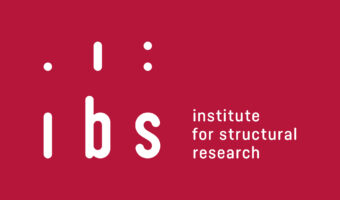Iga Magda, PhD
The “Family 500 Plus” programme introduces a monthly 500PLN allowance for every second and subsequent child (regardless of family income), as well as for the first child in families that meet the income criteria (net household income per capita lower than 800PLN or 1200PLN in case of a disabled child). It is going to be introduced on the 1st of April 2016. The cost of the programme is estimated at approx. 17 billion PLN in 2016 and approx. 25 billion PLN in subsequent years.
We see two major advantages of such a large support for families with children. Firstly, the 500 Plus will significantly reduce the problem of poverty among families with children. In Poland, the risk of poverty concerns 28% of children aged 0-17, which is more than the average in the EU28, and significantly more than in the case of older people (18% among those aged 65+). Secondly, investing in children at the earliest stages of their development and education is the most effective policy for measurable social benefits in the future.
Unfortunately, there are many disadvantages of the proposed solutions. The 500 Plus allowance is introduced in parallel to the pre-existing system of family allowances (and social assistance benefits), largely duplicating it, while introducing inconsistencies and increased administrative costs. It appears that the sole reason for the introduction of another system was the political context. Otherwise, the increased family support could have been offered on the basis of the previously existing system, simply by increasing the family allowance and income thresholds.
Providing the new allowance to all families with two and more children, regardless of their income, boosts the cost of the system. The project preparation lacked a discussion of the possible ways of increasing the redistributive character of the system without incurring simultaneous significant costs of income criterion verification (e.g. through taxation). Moreover, the implemented solutions are inconsistent with the newly introduced “penny for penny” system (January 2016), which states that crossing the income threshold should not automatically disable the right to benefits but only lower them gradually. In case of the 500 Plus allowances, families with similar incomes can be entitled to very different levels of benefits.
The Family 500 Plus programme will carry negative consequences for the labour market, although their level is difficult to estimate. The availability of direct financial transfers will translate into lower labour activity rates of women, especially those with lower education and job experience – i.e. those with lower potential income. They will also be less willing to start work before giving birth and more willing to remain outside of the labour market, effectively worsening their future situation mainly through very low pensions (which will, either way, probably have to be supported by government expenditure).
Importantly, the sheer scale of the costs (more than 25 billion PLN yearly) will significantly reduce the investment possibilities in other areas, including those pertaining families with children (e.g. expenditures on education, healthcare and childcare).
The 500 Plus programme was presented as a family policy programme aimed at fertility increase. It is our conjecture that it will not translate into a larger number of births, contrary to the authors’ assumptions. Young people indicate difficult labour market situation and lack of stable employment as the main barriers to starting or enlarging families. Another important factor is the difficulty of combining work with family life (as well as the housing situation). For these reasons, changing the fertility rates in Poland requires a broader range of consistent actions:
- continued support of the nurseries, kindergartens and other forms of care for children up to 3 years old
- increasing the flexibility of the system of maternity and parental leaves
- providing higher quality care over the school period
- facilitating both parents ability to combine working and family lives
- supporting the fathers’ engagement in childcare – diminishing the discriminatory perception of women in the labour market
In summary, the state should support the families’ struggles with the costs of childrearing, but the 500 Plus programme is not an example of effective policy in this regard. Better solutions would include improving the availability and level of existing family benefits as well as investing the remaining funds in public services directed at child upbringing and development – childcare, education and healthcare institutions. The key areas for improvement include meals for children at school, provision of quality day rooms and extra-curricular activities in schools, or a better access to health services, including dental care. These improvements would also do much better in reducing inequalities among children, supporting the chances of a good start for families from disadvantaged backgrounds.

